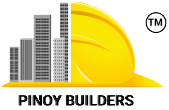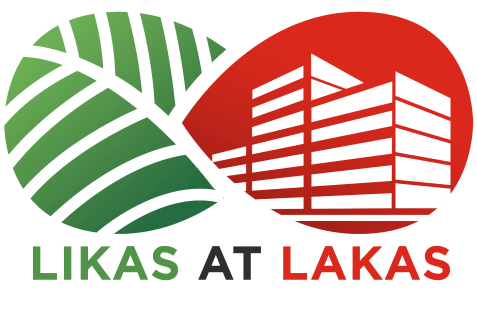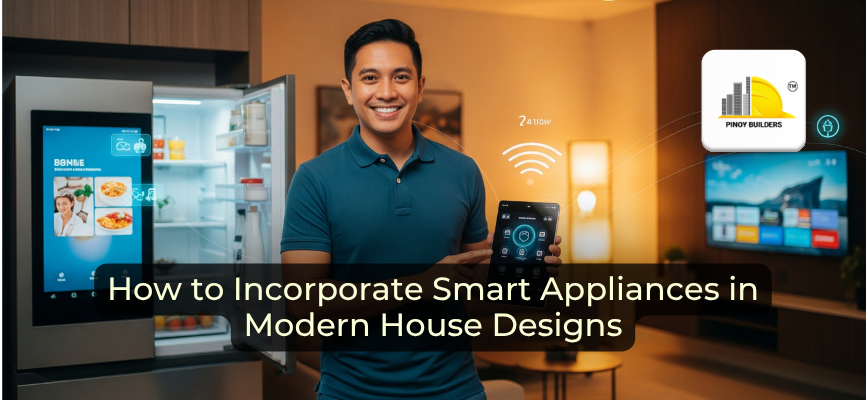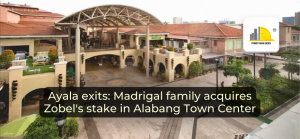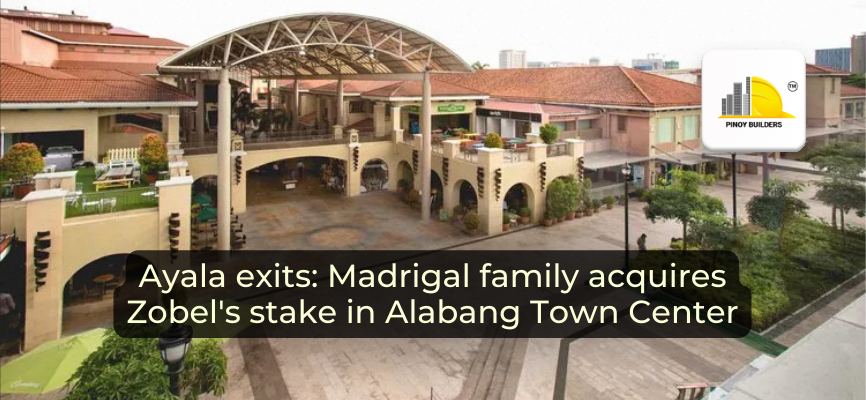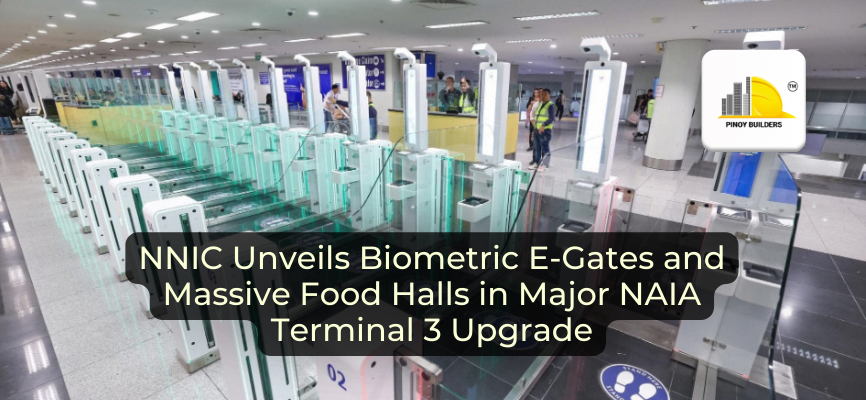Smart homes are becoming a popular choice for many Filipino households. They use connected devices to make daily life easier, safer, and more energy-efficient. From voice-controlled lights to automated air conditioning, these technologies help create a home that works with you, not against you.
Beyond convenience, smart devices have features that can help reduce electricity costs, keep your family secure, and even support sustainable living. Whether you have kids, elderly family members, or pets, smart home tools can adapt to your lifestyle and make everyday tasks simpler.
In this article, we’ll explore how smart home solutions fit into modern house designs and share practical tips for choosing and installing smart appliances for your home.
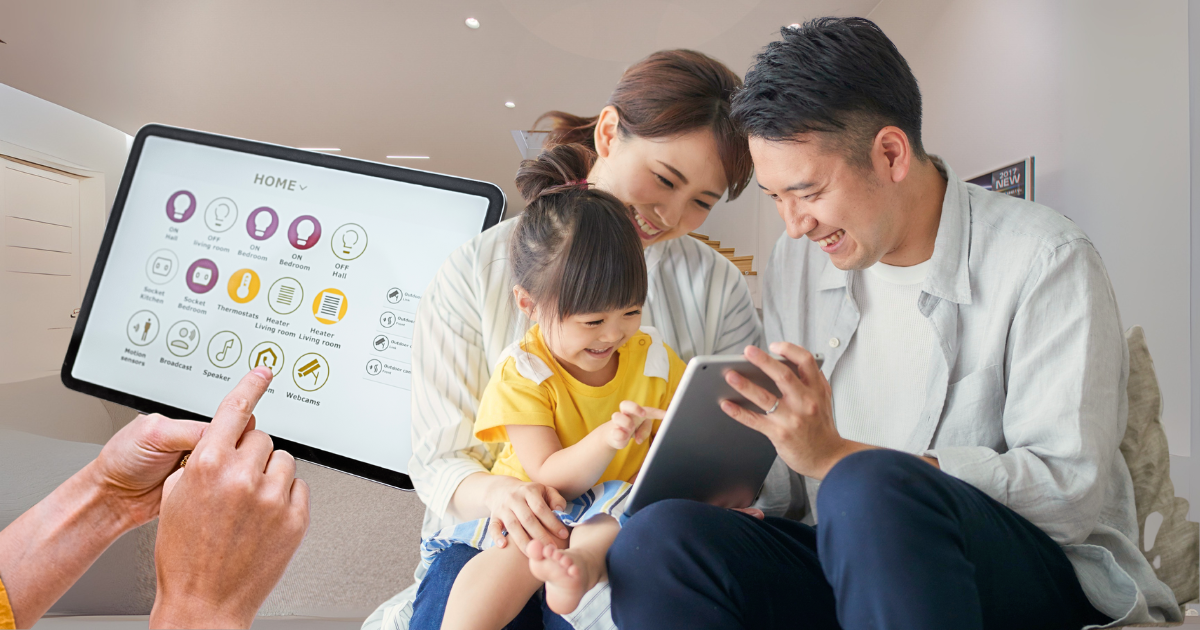
The Rise of Smart Homes in the Philippines
The concept of smart homes has been around for quite some time, but it’s not as widely adopted in the Philippines, at least in practical application. Many people still view smart homes as a luxury, but market projections indicate a significant shift in consumer behavior.
In 2025, about 61.7% of households in the Philippines are expected to own at least one smart home device. Forecasts indicate that this adoption rate will continue to rise, projected to reach nearly 75% by 2029. Growing awareness of smart home benefits, higher disposable incomes, and a strong focus on sustainability and security are fueling this rapid expansion.
This shift highlights a growing priority for sustainable living among households. Many popular smart devices offer energy-saving automation that reduces electricity costs and minimizes environmental impact. Beyond that, Filipino consumers are increasingly drawn to devices that can be managed remotely through smartphones or voice assistants, making it easy to monitor and control their homes anytime, anywhere.
Affordability is another key factor driving this trend. With more brands entering the market, smart devices such as lighting systems, security cameras, and energy monitors are becoming accessible to a wider range of consumers. What was once considered a luxury is now within reach for many Filipino families.
For comfort and well-being, technologies such as air quality monitors and circadian lighting systems support a healthier lifestyle. These solutions are especially beneficial for multi-generational homes, which are common in the Philippines.
Top Smart Home Trends for Modern House Design
When building a smart home, it’s best to start with the most essential. Modern homes benefit from these smart innovations since they make home living more convenient, not to mention accessible to those living with physical or mental challenges.
Here are key trends and practical tips to help you choose and install devices effectively.
1. AI-Powered Personalization
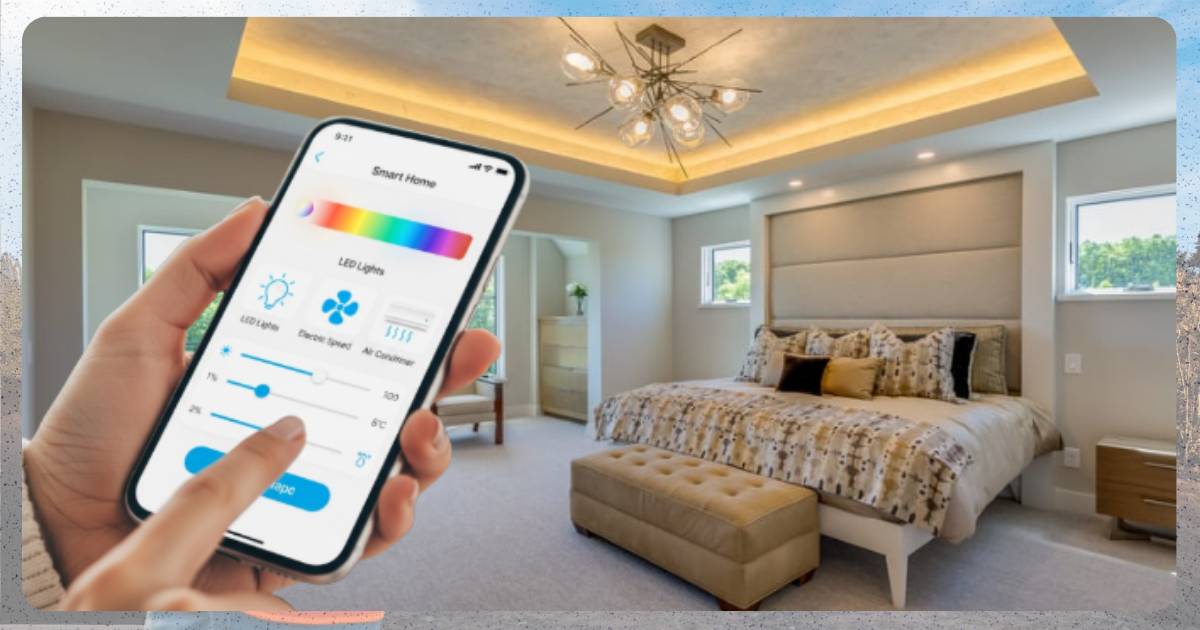
Smart systems now learn from daily routines to make life more intuitive. For example, smart LED lights are capable of gradually brightening a room when you wake up. Another example is a smart cooling system that can be adjusted based on your schedule. These features eliminate manual adjustments and create a comfortable environment automatically.
Tip: Pick devices compatible with Google Home or Alexa for seamless control.
2. Home Health & Wellness Tech
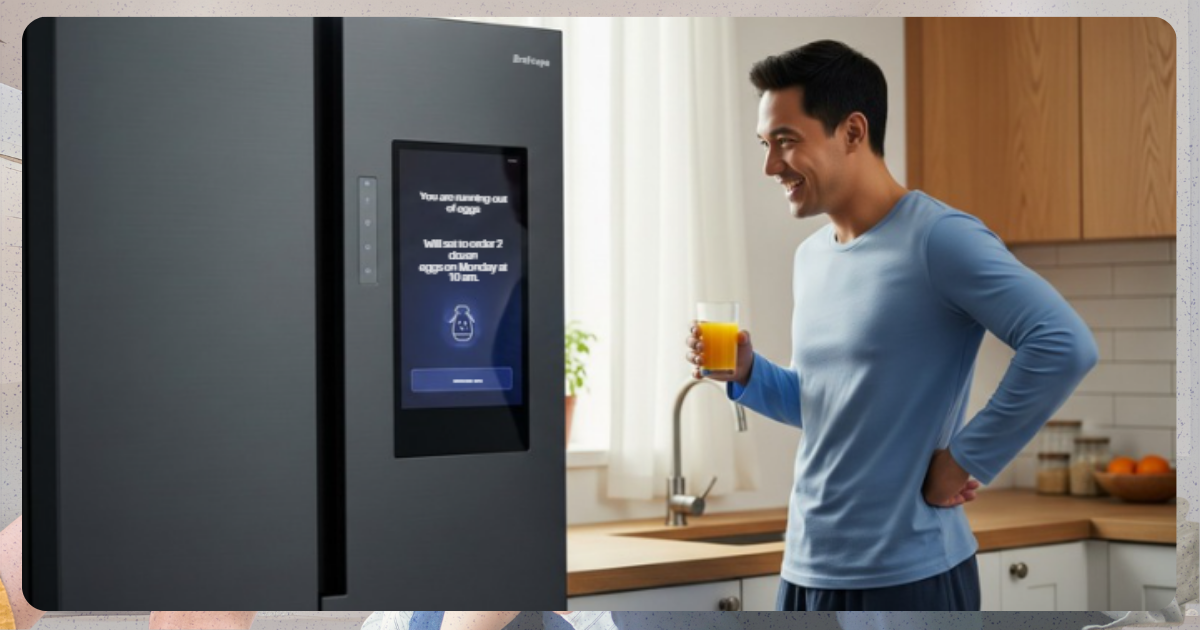
Indoor air quality can make a big difference in comfort, especially in cities with heavy traffic and pollution. Smart air monitors keep track of humidity, allergens, and pollutants in real time. Pair them with an air purifier that switches on automatically when air quality drops.
This tech can also be installed in the kitchen, where AI-enabled appliances can help plan healthy meals or remind you when ingredients are running low, making everyday living healthier and easier.
Tip: Place air monitors in rooms where your family or pets spend the most time. This helps improve the air quality of your home, which is most beneficial for family members who have allergies.
3. Climate-Conscious Automation
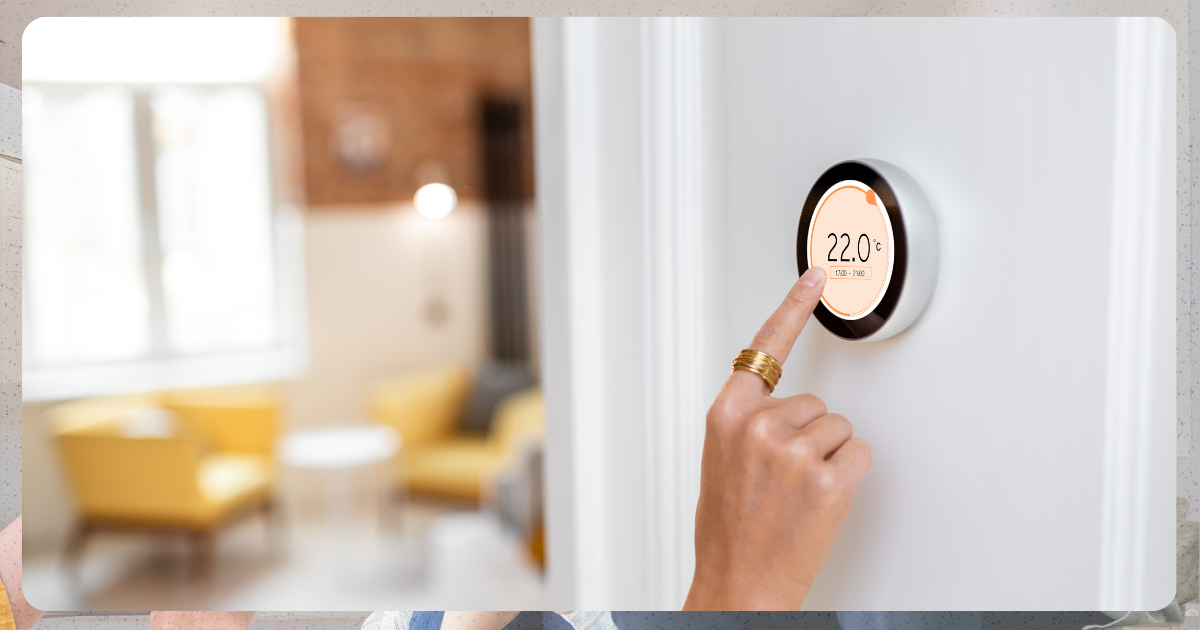
Energy costs in the Philippines can be high, so smart energy-saving tools are a big advantage. There are smart blinds that close automatically when the sun is at its peak, which can be paired with smart thermostats that cool your home efficiently during off-peak hours. These systems help cut down power consumption without sacrificing comfort, saving money while reducing environmental impact.
Tip: Choose appliances with Energy Star ratings and position thermostats away from direct sunlight for accurate readings.
4. Unified Smart Ecosystems
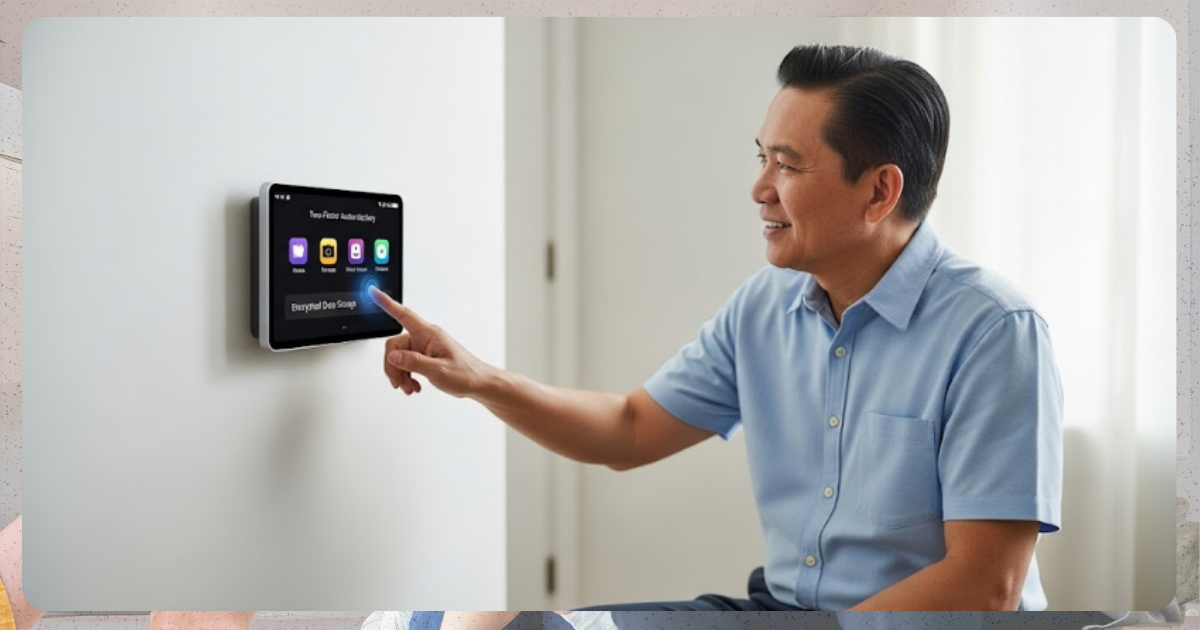
Managing multiple devices doesn’t have to mean juggling different apps. Unified systems let you control everything with one dashboard. Smart ecosystems include voice command lights that dim the lights, lock the doors, and turn on your air conditioner before bedtime. It’s all about making smart living as seamless as possible.
Tip: Decide on your preferred platform early (Google Nest, Apple HomeKit, or Alexa) to avoid compatibility issues later.
5. Predictive Security Systems
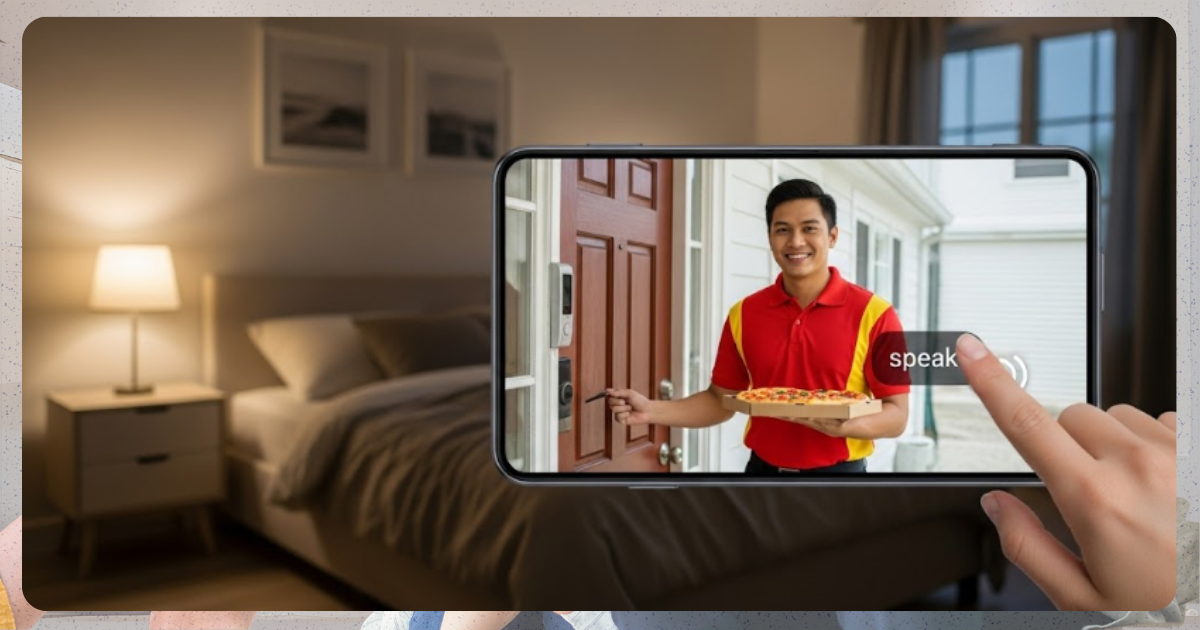
Home security has become smarter and more proactive. AI-powered cameras can distinguish between a familiar face and an unknown visitor, reducing false alarms. If they detect unusual movement while you’re away, they can even send instant alerts.
For many Filipino families, predictive security systems bring added peace of mind in a world that values both convenience and safety.
Tip: Install cameras at entry points and key common areas. Look for options with encrypted storage for added protection.
6. Gesture and Voice-Based Entertainment Control
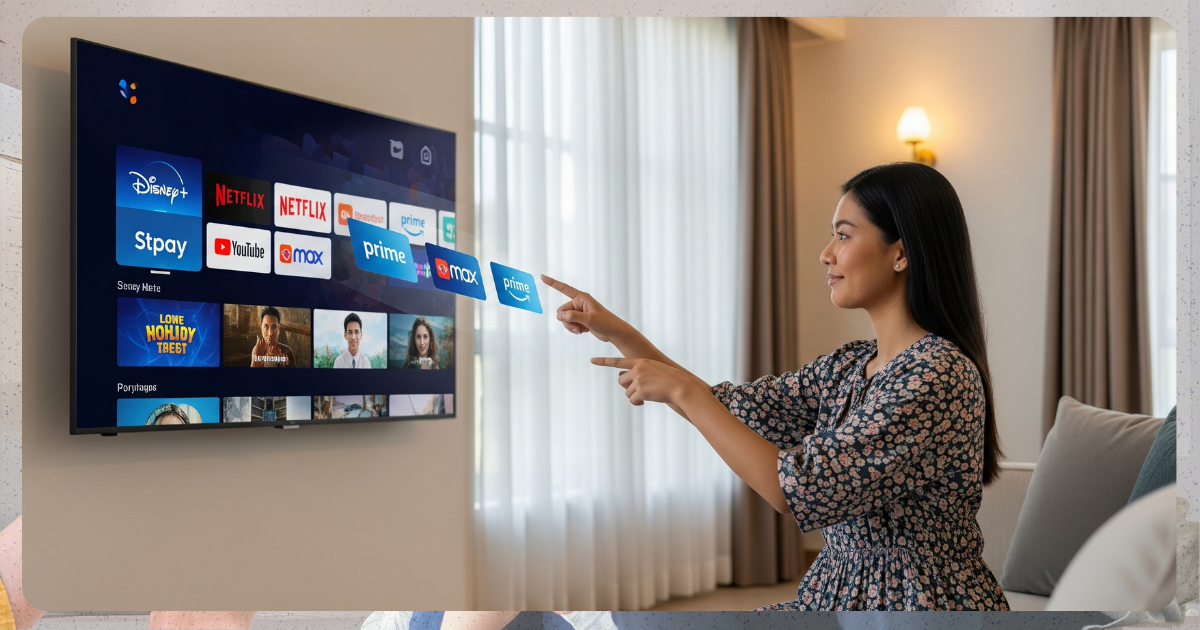
Smart homes today let you do more with less effort. Voice commands can turn electronic devices on while you relax or turn on a pet camera without reaching for your phone. Some systems even allow gesture controls—wave your hand to pause music or adjust the volume. This type of convenience quickly becomes ingrained in your routine.
Tip: Test voice commands during setup to make sure they work smoothly in all rooms.
7. Energy Tracking and Management
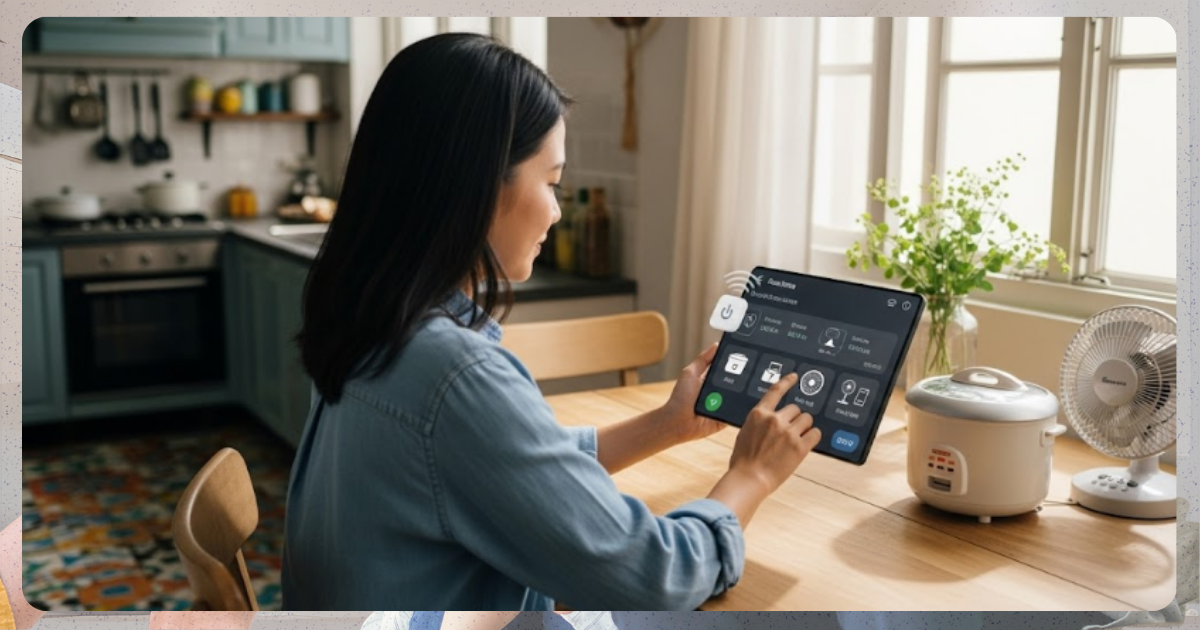
Smart dashboards show real-time consumption, helping you schedule heavy tasks like laundry during off-peak hours. With smart plugs, even non-smart devices like rice cookers or fans can be monitored and controlled. This feature simplifies and streamlines the process of energy conservation.
Tip: Enable all security settings in your app and update devices regularly for the latest protections.
8. Privacy-First Smart Tech
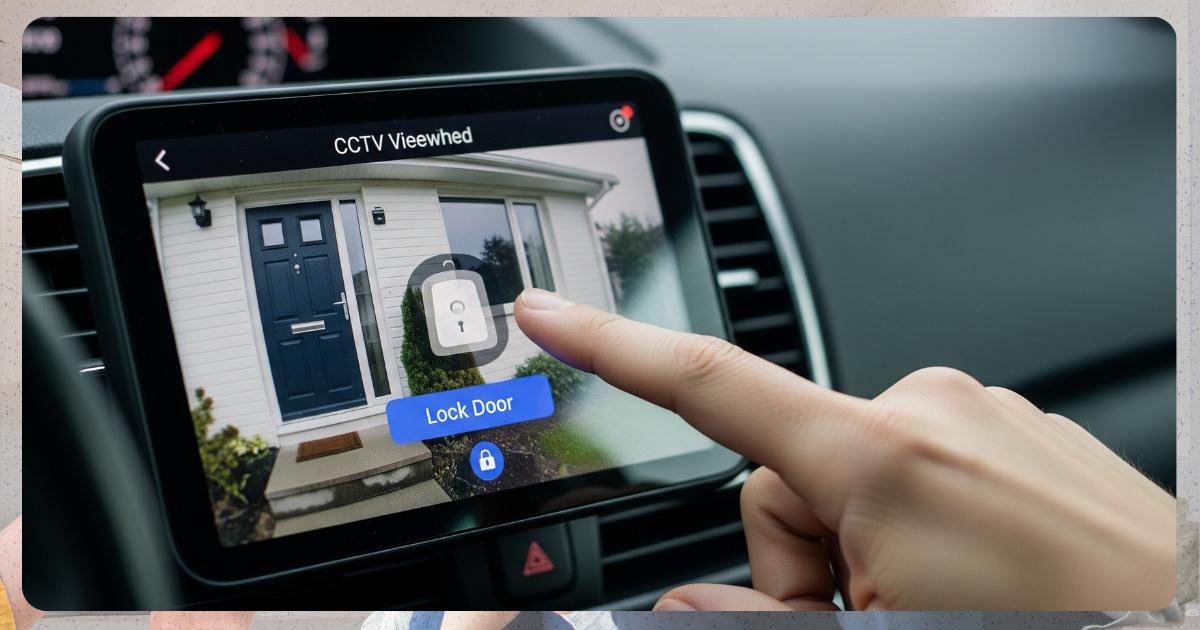
With so many devices connected, protecting your data is essential. Today’s smart tech often includes features like two-factor authentication and encrypted data storage, keeping your home as secure online as it is offline. For families using security cameras, such protection adds an extra layer of trust since you can access it anywhere with an internet connection.
Tip: Enable all security settings in your app and update devices regularly for the latest protections.
Practical Starting Points for Filipino Homes
Creating a smart home doesn’t require a big budget. Start with simple upgrades that deliver the most convenience and value.
Begin with Easy DIY Add-Ons
- Smart Speakers: These act as your central hub for voice commands and controlling other devices.
- Robot Vacuums: Keep floors clean automatically, perfect for busy households or homes with pets.
- Smart Cameras: Monitor kids, elderly family members, or pets anytime through your phone.
Secure and Reliable Connectivity
- A stable Wi-Fi connection is essential for all smart devices to work smoothly.
- Consider upgrading to mesh Wi-Fi if your home has multiple floors or thick walls.
Start with Budget-Friendly Devices
- Smart Plugs: Control regular appliances remotely and monitor energy use.
- Smart Bulbs: Adjust lighting and set schedules without replacing existing fixtures.
- Automated Pet Feeders: Ensure pets are fed on time, even when you’re not home.
These small steps give you a feel for smart living without heavy costs. As your needs grow, you can add energy-saving systems and integrate everything into one ecosystem.
The Future of Smart Living
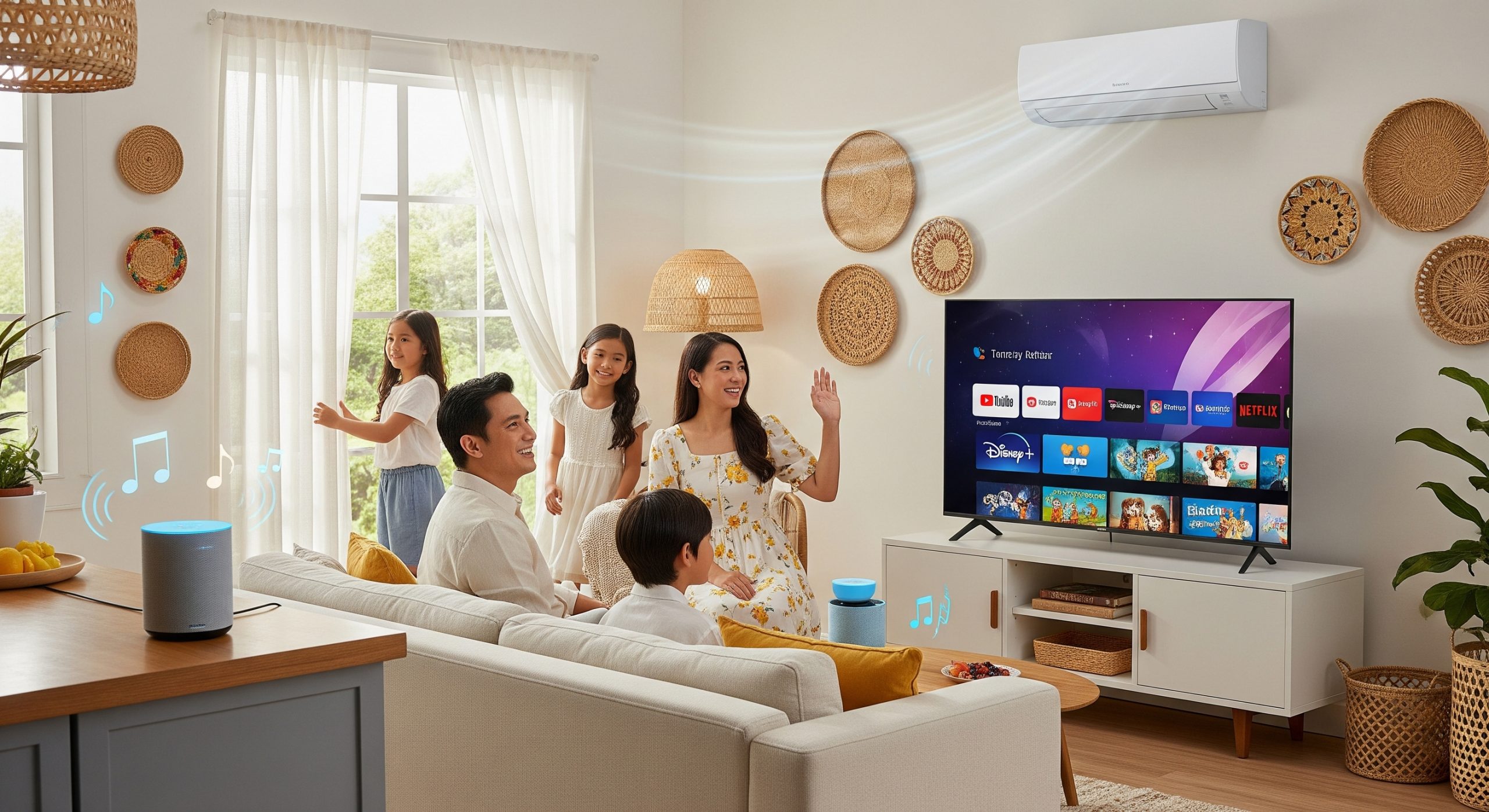
Smart homes bring convenience, safety, and energy efficiency within reach for Filipino households. These innovations also support pet owners and multi-generational families, creating a more comfortable and secure environment.
Begin with a few devices, then expand into a fully integrated system over time. The future of home living is smart, connected, and designed to make life better every day.
References:
Marr, B. (2024, December 11). The 12 Best Smart Home Devices Transforming Homes in 2025. Bernard Marr. Retrieved July 18, 2025, from https://bernardmarr.com/the-12-best-smart-home-devices-transforming-homes-in-2025/
Moscaritolo, A. (n.d.). The Best Smart Home Devices for 2025. PCMag. Retrieved July 18, 2025, from https://www.pcmag.com/picks/the-best-smart-home-devices#front-yard-creating-a-well-lit-and-secure-entrance
Vista Estates. (n.d.). The Future of Filipino Living: Smart Home Technology Features and Benefits. Vista Estates. https://vistaestates.vistaland.com.ph/blog/the-future-of-filipino-living-smart-home-technology-features-and-benefits/
Vivint Blog. (n.d.). 2025 Smart Home Trends: How Connected Tech Is Transforming Our Living Spaces. Vivint Blog. https://www.vivint.com/resources/article/smart-home-trends-2025
